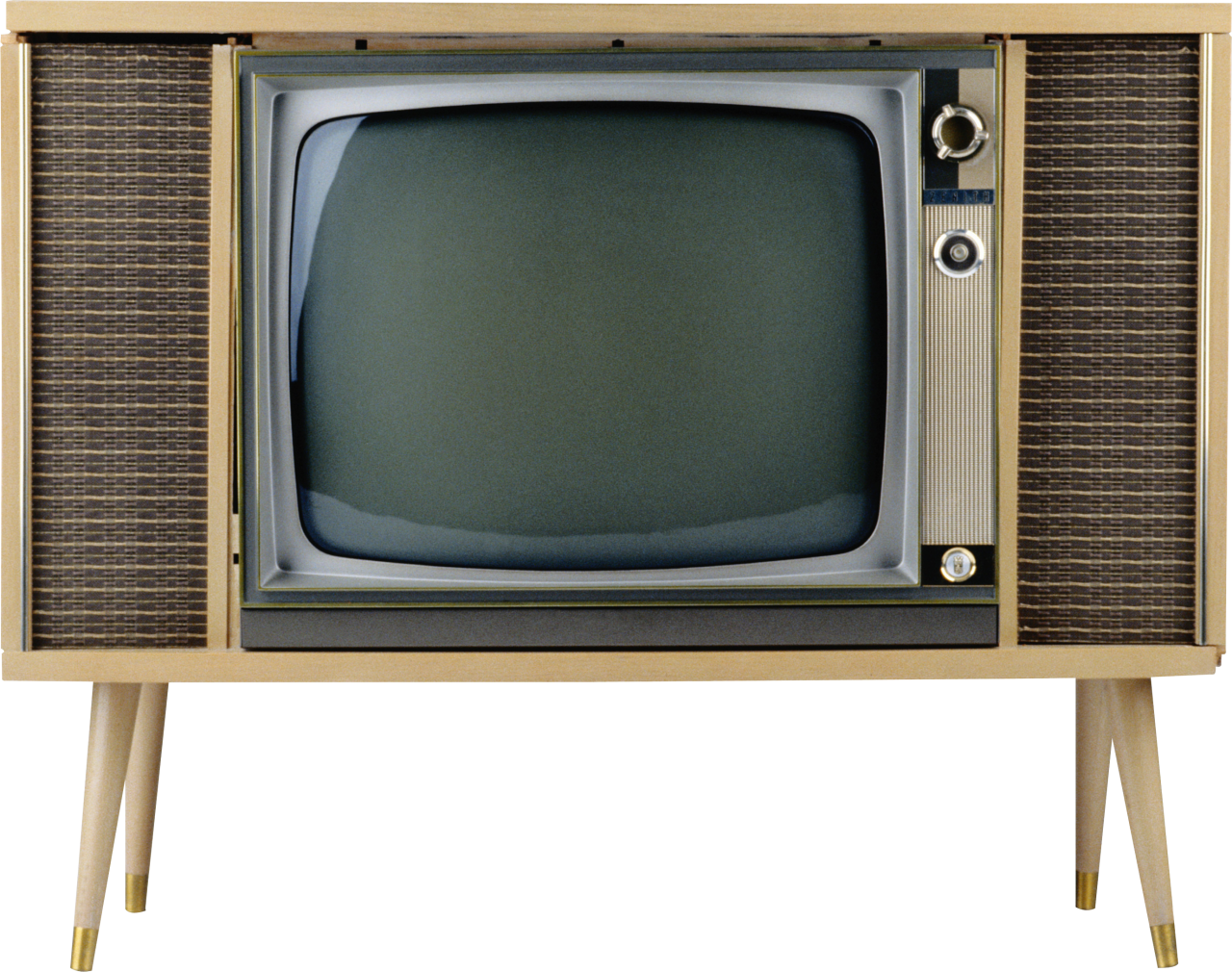The Evolution of the Console TV Cabinet

The console TV cabinet, a ubiquitous fixture in living rooms for decades, has undergone a fascinating transformation mirroring the evolution of television technology itself. From the bulky behemoths of the early days to the sleek and minimalist designs of today, the console TV cabinet has consistently adapted to changing needs and aesthetic preferences.
Materials and Construction
The materials and construction techniques employed in console TV cabinets have significantly evolved over time. Early models were often crafted from heavy, solid wood, reflecting the substantial size and weight of early television sets. As technology progressed and televisions became smaller and lighter, manufacturers began experimenting with lighter materials such as particleboard and MDF (medium-density fiberboard). These materials offered affordability and ease of manufacture, allowing for more intricate designs and a wider range of finishes. The use of metal accents, particularly in the legs and hardware, became increasingly common, adding a touch of modernity and durability.
Styles and Aesthetics
The design of console TV cabinets has reflected the prevailing aesthetic trends of each era. The mid-century modern period (1950s-1960s) was characterized by clean lines, simple forms, and a focus on functionality. Console TV cabinets from this era often featured tapered legs, minimalist details, and a preference for natural wood finishes. The 1970s and 1980s saw a shift towards more elaborate and ornate designs, with heavy use of wood veneers, brass accents, and intricate carvings. The 1990s and 2000s witnessed a resurgence of minimalist designs, with a focus on sleek lines, contemporary materials, and a streamlined aesthetic. Modern console TV cabinets often incorporate glass, metal, and high-gloss finishes, creating a sophisticated and minimalist look.
Functionality
The functionality of console TV cabinets has also evolved in response to changing needs. Early models primarily served as a platform for the television, with minimal storage space. As televisions became more integrated into home entertainment systems, console TV cabinets began incorporating features like built-in speakers, storage compartments for audio equipment, and even dedicated spaces for gaming consoles. Modern console TV cabinets often feature integrated cable management systems, hidden compartments for electronics, and adjustable shelves to accommodate a variety of devices.
Key Design Trends
- Mid-century modern: Clean lines, simple forms, natural wood finishes, tapered legs.
- 1970s and 1980s: Elaborate designs, wood veneers, brass accents, intricate carvings.
- 1990s and 2000s: Minimalist designs, sleek lines, contemporary materials, streamlined aesthetic.
- Modern: Glass, metal, high-gloss finishes, integrated cable management, hidden compartments for electronics.
Styles and Features of Old Console TV Cabinets

Old console TV cabinets, often seen as relics of a bygone era, embody the design aesthetics and technological advancements of their time. These cabinets, ranging from the mid-20th century to the early 1990s, showcase a fascinating blend of functionality and style, reflecting the evolving tastes and trends in interior design.
Styles of Old Console TV Cabinets
The styles of old console TV cabinets are as diverse as the periods they represent. Each style carries distinct characteristics, reflecting the prevailing design philosophies of its era.
- Mid-Century Modern: This style, popularized in the 1950s and 1960s, emphasizes clean lines, geometric shapes, and a focus on functionality. Mid-century modern console TV cabinets often feature sleek, minimalist designs, with materials like wood, metal, and glass. The use of contrasting colors, such as black and white or shades of brown, was common. Examples include the Eames Lounge Chair and Ottoman, the Barcelona Chair, and the Noguchi Table.
- Victorian: Victorian console TV cabinets, popular in the late 19th century, are known for their ornate details and elaborate carvings. They often feature heavy, dark wood, such as mahogany or walnut, with intricate carvings, brass accents, and plush upholstery. These cabinets often have a sense of grandeur and opulence, reflecting the Victorian era’s emphasis on craftsmanship and artistry. Examples include the Queen Anne style and the Eastlake style.
- Art Deco: Art Deco console TV cabinets, popular in the 1920s and 1930s, are characterized by their geometric patterns, bold colors, and luxurious materials. These cabinets often feature sleek, streamlined designs, with materials like chrome, glass, and exotic woods. Art Deco designs often incorporated geometric shapes, such as circles, squares, and triangles, and featured a strong emphasis on symmetry and balance. Examples include the Chrysler Building and the Empire State Building.
Features of Old Console TV Cabinets
Old console TV cabinets were designed with both functionality and style in mind. They typically incorporated features that enhanced the viewing experience and provided storage for audio and visual equipment.
- Storage Compartments: Old console TV cabinets often featured a variety of storage compartments, including drawers, shelves, and cabinets. These compartments were used to store audio equipment, such as record players, tape decks, and speakers, as well as other items, such as books, magazines, and remote controls.
- Shelves: Shelves were commonly incorporated into old console TV cabinets, providing space for displaying decorative items, such as plants, sculptures, and photographs. They could also be used to house audio components or other electronic devices.
- Integrated Audio Systems: Some old console TV cabinets incorporated integrated audio systems, such as built-in speakers, amplifiers, or turntables. These systems provided a convenient and aesthetically pleasing way to enjoy music and other audio content.
Restoring and Repurposing Old Console TV Cabinets

Old console TV cabinets, with their timeless charm and sturdy construction, offer a unique opportunity to breathe new life into your home decor. Whether you’re a vintage enthusiast or simply looking for a unique piece of furniture, restoring and repurposing these cabinets can be a rewarding project.
Restoring Old Console TV Cabinets
Restoring an old console TV cabinet involves a meticulous process of cleaning, repairing, and refinishing. This process not only enhances the cabinet’s aesthetic appeal but also preserves its historical value.
- Cleaning: Begin by thoroughly cleaning the cabinet to remove dust, dirt, and grime. Use a soft cloth and a mild cleaning solution, avoiding harsh chemicals that can damage the finish. Pay special attention to crevices and hard-to-reach areas.
- Repairing: Inspect the cabinet for any damage, such as scratches, dents, or loose joints. Minor scratches can be filled with wood filler, while deeper dents may require more extensive repairs. Loose joints can be tightened with wood glue and clamps.
- Refinishing: Once the repairs are complete, consider refinishing the cabinet to restore its original beauty. This can involve stripping the old finish, sanding the wood, and applying a new stain or paint. Alternatively, you can choose to simply polish the existing finish for a more subtle transformation.
Repurposing Old Console TV Cabinets
Old console TV cabinets are incredibly versatile and can be repurposed into a variety of functional and stylish pieces of furniture. Their classic design and ample storage space make them ideal for a wide range of uses.
- Media Centers: Their spacious interiors can accommodate modern entertainment systems, including TVs, DVD players, gaming consoles, and speakers. The cabinet’s shelves and drawers can be used to organize media and accessories.
- Display Units: Console TV cabinets can be transformed into elegant display units for showcasing treasured items, such as antique china, family photos, or collectibles. The cabinet’s closed doors provide protection from dust and light.
- Furniture for Other Rooms: With a little creativity, old console TV cabinets can be repurposed for other rooms in the house. They can serve as entryway tables, bar carts, or even vanity units in a bathroom.
Innovative Ideas for Repurposing Old Console TV Cabinets
Repurposing old console TV cabinets offers a unique opportunity to create one-of-a-kind pieces of furniture that reflect your personal style and needs. Here are some innovative ideas to spark your creativity:
- Wine Bar: Transform the cabinet into a stylish wine bar by adding a wine rack, bottle storage, and a small countertop. The cabinet’s doors can be used to conceal glasses and other bar accessories.
- Kitchen Island: With a little modification, an old console TV cabinet can be converted into a functional kitchen island. Add a countertop and shelves for storage, and use the drawers for utensils and other kitchen essentials.
- Mudroom Storage: Repurpose the cabinet as a mudroom storage unit by adding hooks for coats and bags, shelves for shoes, and drawers for organizing gloves and hats.
- Outdoor Bar: For outdoor entertaining, transform the cabinet into an outdoor bar by adding a countertop and a bar sink. The cabinet’s doors can be used to store bar tools and supplies.
That old console TV cabinet you’ve been meaning to repurpose? It’s a goldmine for a 9-year-old’s room! With a little creativity, you can turn it into a cool gaming station, complete with a hidden storage space for controllers and games.
Need some inspiration? Check out these boy bedroom ideas for 9-year-olds – they’re packed with awesome ideas for transforming spaces. And when you’re done, you’ll have a unique piece of furniture that’s both stylish and functional. Just remember to dust it off first!
Remember those old console TV cabinets? They’re like time capsules of nostalgia, but also surprisingly versatile for modern spaces. If you’re struggling with a shared bedroom for a parent and child, think outside the box! You can use an old console TV cabinet to create a designated kid-friendly zone, complete with bookshelves and drawers for toys.
Just be sure to check out these parent and child shared bedroom ideas for inspiration. Once you’ve got the layout sorted, you can add a personal touch with vintage decor or even a mini-TV for movie nights!